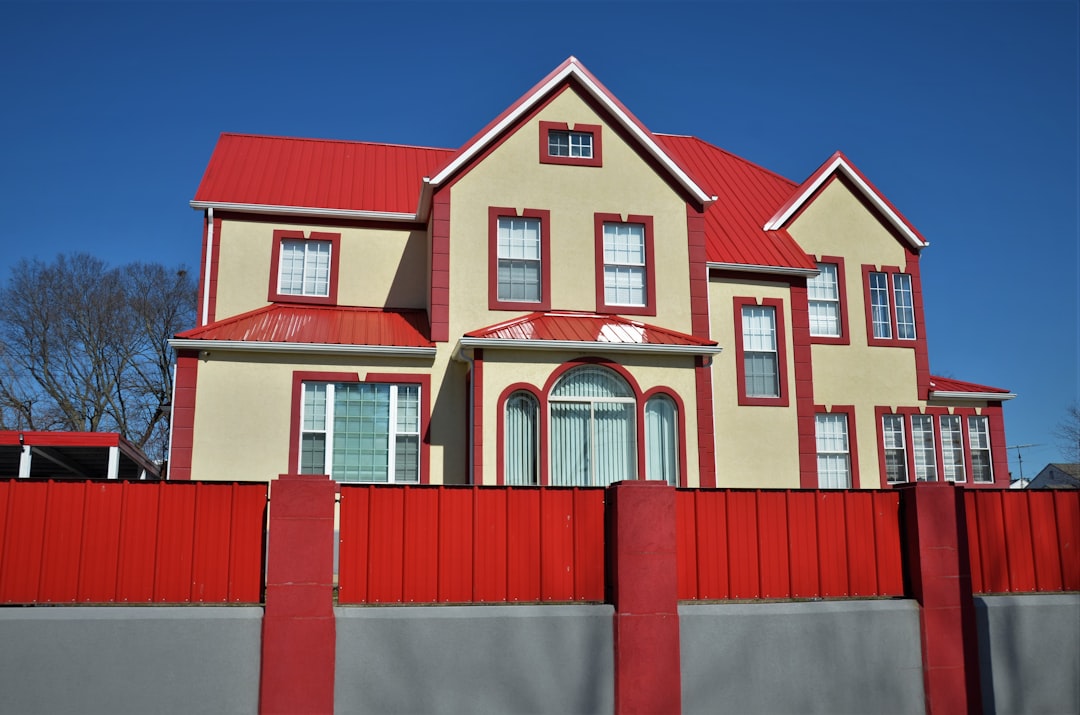Understanding the Real Cost to Paint Trim in a Home
Trim is a crucial element in residential construction, framing every doorway, window, and baseboard. Calculating the cost to paint trim is essential for trade professionals. Current estimates range from $1.20 to $3.50 per linear foot, depending on complexity and materials. Our AI-powered estimate engine analyzes material prices, labor rates, and surface conditions in real time, providing clarity before the first brushstroke.
Why Trim Painting Costs Matter
- Trim lines cover more linear feet than most realize
- Crisp, uniform trim paint transforms room quality
- Inaccurate estimates erode profit margins and trust
- Detailed breakdowns help plan prep time, product selection, and finish schedules
Key Factors That Drive the Cost to Paint Trim
1. Linear Footage and Profile Complexity
A 2,500-square-foot home may have 900–1,300 linear feet of trim. Intricate profiles demand more labor, increasing costs.
2. Material Type
- MDF absorbs paint differently than hardwood
- Stained trim requires sealing and priming
- PVC and composites need specialty primers
3. Current Condition
Nail pops, gaps, and dents add prep time. Our AI assigns difficulty scores to defects for accurate prep allowances.
4. Coating System
Satin, semi-gloss, or high-gloss? Each has different coverage and costs. Premium hybrids last longer but increase material costs by 25-40%.
5. Access & Site Logistics
Second-story work requires ladders and staging. Occupied homes need daily clean-up. Our software adjusts labor factors based on notes.
Average Price Ranges in Residential Settings
Consider these ballpark figures:
- Standard baseboard, minimal prep: $1.20 – $1.80 per linear foot
- Decorative crown with nail-hole filling: $2.25 – $3.50 per linear foot
- Full repaint of door casings: $70 – $110 per unit
- Window stools and aprons: $55 – $85 per opening
These include labor, mid-grade enamel, and consumables, excluding extensive repairs and specialty finishes.
How CountBricks Generates Trim Painting Estimates in Minutes
- Open a project in the CountBricks app.
- Walk the space, speaking naturally.
- Our model converts voice data into structured takeoffs.
- Material pricing syncs live from local distributors.
- Labor hours are calculated and adjusted for site difficulty.
- A branded quote is drafted instantly.
Pro Tips for Lowering Your Cost per Foot
- Order 5-gallon pails to cut unit cost by up to 18%
- Spray large runs of crown in place to reduce labor by 25%
- Use quick-dry primers to recoat the same day
- Schedule trim painting before flooring install
DIY vs. Professional Trim Painting
Professionals deliver faster turnarounds and factory-smooth finishes. DIYers can save on labor with patience and quality tools. Adjust labor rate to $0 in the estimate editor for DIY budgeting.
Regional Pricing Spotlight: New York Metro
Labor in NYC suburbs averages 18–22% higher due to wage considerations and access restrictions. CountBricks applies a regional cost index based on ZIP code.
Final Thoughts
The cost to paint trim varies widely. By leveraging CountBricks’ AI estimate generator, contractors gain precision and homeowners gain transparency. Visit CountBricks.com for more information.
CountBricks Case Snapshot: Brownstone Trim Revival in Brooklyn
Maple Lane Renovations tackled a 4,000-square-foot brownstone remodel, aiming for a high-gloss ivory finish. Challenges included legacy plaster cracks and limited parking.
How CountBricks Streamlined the Project
- Voice walk-through captured 1,480 linear feet of trim in under 20 minutes
- AI assigned a level-three prep factor for extensive scraping
- Live pricing recommended a premium enamel, adjusting for discounts
- Phased invoice schedule allowed billing for prep completion
Outcome and Measured Savings
- Labor variance dropped from 14% to 3% due to accurate hour allocation
- Supplier discount alerts saved $740 on coatings
- The crew finished two days ahead of schedule
Applying These Lessons to Your Next Residential Project
- Use blueprint uploads to pre-populate footage
- Leverage regional indices for confident bidding
- Visit CountBricks.com for inspiration and benchmarks
Every line of trim tells a story. With CountBricks, that story ends with accurate numbers and satisfied clients. Book a demo at CountBricks.com.

